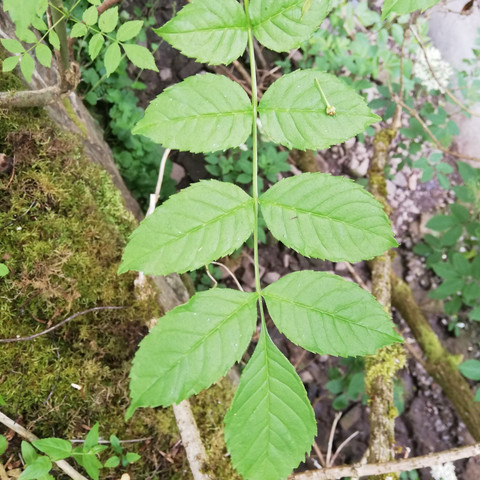
The Elder tree is one which is at the heart of Scottish Folklore and Mythology, sometimes referred to as the 'Mother of the Woodlands' due to it's protective, medicinal and culinary qualities.
Elder are fairly small, growing up to 15m in height. It can be found across the UK in woodland and hedgerows.
The flowers provide nectar for a variety of insects and the berries are eaten by birds and mammals. Small mammals, such as dormice and bank voles, eat both the berries and the flowers.
Many moth caterpillars feed on elder foliage, including the white-spotted pug, swallowtail, dot moth and buff ermine
The Elder flowers grow in large clusters of tiny white flowers. They can be used to make Elder flower cordial or Champagne. The flowers are edible when cooked, Elder
flower fritters are a popular dish to make with them. The flowers are mildly poisonous so make sure they are cooked before eating. :)

When pollinated by bees, flowers will turn to fruits in August/September. The berries can be used to make Elder berry wine or jam.
The berries can also be used to make dye. The purple/blue colour they produced was used by Harris Tweed to achieve the desired colours for their yarns.
The leaves of the Elder can have 5-9 leaflets which are oval shaped and toothed.

Elder bark is grey/brown with a look of cork. The wood has a soft, pithy centre.
If you find any dead Elder wood, branches or trees, you will notice a fungus growing on it called 'Jelly Ear'. This fungus is dark brown/purple, dome shaped, has a jelly like consistency and a velvet touch. It's advisable not to touch any fungus so have a close look if you do find some.

Elder wood is great to craft with and makes a superb whistle or pea shooter. It's simple to hollow out due to the centre of the wood being soft and spongy. You can do this by using a skewer or stick. Here's a link to some brilliant things you can make with Elder. https://richardirvine.co.uk/2017/01/elder1/

Take Care,
WILD

















